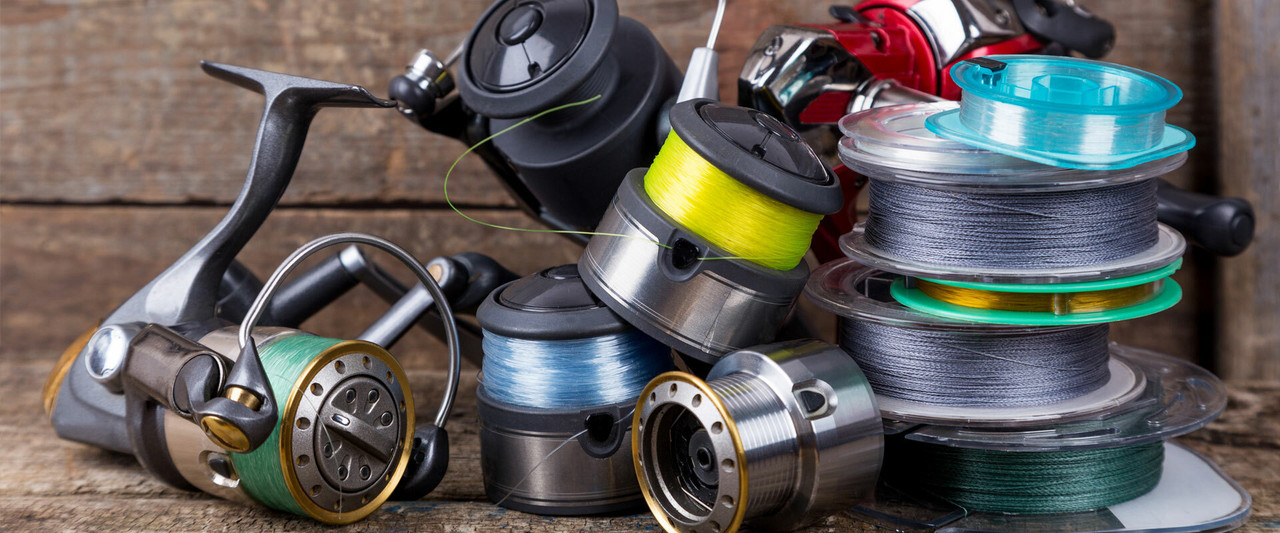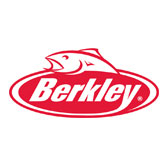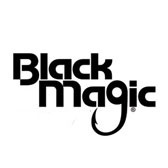A Tackle Shop Guide to Fishing Line
For many anglers, the huge range of fishing lines for sale can be confusing. With different materials like braid, monofilament, and fluorocarbon to choose from, it's easy to feel overwhelmed. This guide is here to break down the main types of line we sell, explain their pros and cons, and help you choose the perfect line for your reel and your fishing style.
A Note From Our Local Experts
"The most common question we get in the shop is a simple one: 'Braid or mono?' In recent years, braid has become our biggest seller by far, and for good reason—its thin diameter and incredible sensitivity are a massive advantage for lure fishing. But that doesn't mean mono is dead. Far from it.
For bait fishing from the beach or for trolling game lures offshore, the stretch and abrasion resistance of a good quality monofilament line is still the top choice for many anglers and is often hard to beat. The secret isn't that one type is 'better' than the other; it's about understanding the pros and cons of each and using the right fishing line for the particular application."
- Ben Czulowski, Owner, Fishing Tackle Shop (Ocean Storm) | Store owner for 20+ years
Shop Our Top Selling Brands
Braid Fishing Line (Superlines)
Braided line has become the most popular choice for most lure fishing applications in Australia. It's made by weaving multiple strands (or 'carriers') of ultra-strong polyethylene fibres into a single, thin line.
Advantages of Braid:
✔
Incredible Sensitivity: Braid has near-zero stretch. This means you can feel every subtle bite and the exact moment your lure touches the bottom, which is a huge advantage.
✔
Thin Diameter: Braid is significantly thinner than monofilament of the same breaking strain. This allows you to fit much more line on your reel and cast much further.
✔
Direct Connection: The zero-stretch property gives you a direct connection to your lure, allowing you to impart action more effectively and set the hook with less effort.
A Deeper Dive into Braid: Carriers & Fused Lines
Not all braids are created equal. Two key terms you'll see are 'carriers' and 'fused'.
- Carriers (e.g., 4-carrier vs. 8-carrier): A 'carrier' is a single strand of fibre. A 4-carrier braid is made from four strands woven together, while an 8-carrier is made from eight. The main difference is that an 8-carrier braid is rounder, smoother, and quieter, which means it will cast further and feel better on the retrieve. A 4-carrier braid is often tougher and more abrasion-resistant for its diameter.
- Fused Lines: A fused line (like the famous Berkley Fireline) is made by thermally fusing the braided fibres together into a single, smooth filament. This gives it a unique, wire-like feel that is very manageable on a spinning reel and offers excellent abrasion resistance, though it can feel slightly stiffer than a traditional woven braid.
Monofilament Fishing Line (Mono)
Monofilament, or 'mono', is the traditional, single-strand nylon line that has been a staple for decades. While braid has taken over in many areas, mono's unique properties make it the superior choice for certain styles of fishing.
Advantages of Mono:
✔
Excellent Shock Absorption: Mono has significant stretch. This acts like a shock absorber during a fight, which is a huge benefit when fighting powerful fish with sudden runs, as it helps prevent hooks from tearing out.
✔
High Abrasion Resistance: Monofilament is generally tougher and more resistant to being scraped on rocks, reef, or a fish's mouth than braid of a similar breaking strain.
✔
Affordability & Ease of Use: Mono is significantly cheaper than braid, and it is much easier to tie knots in. It's more forgiving and a great choice for beginners.
Fluorocarbon Line & Leader
Fluorocarbon is a specialised material that is most commonly used as a leader at the end of your main line. Its properties make it the perfect "stealth" connection between your line and your lure or hook.
Advantages of Fluorocarbon:
✔
Near-Invisibility: Fluorocarbon has a refractive index that is very close to that of water, making it virtually invisible underwater. This is a massive advantage when targeting wary, line-shy fish in clear water.
✔
Superior Abrasion Resistance: It is a much harder, denser material than monofilament, giving it the best abrasion resistance for its diameter. This makes it the top choice for leader material when fishing around sharp rocks, reef, and pylons.
Pro-Tips for Using Fishing Line
- Spooling Braid Correctly: Braided line is very slippery and will spin on a bare metal spool. To prevent this, you must first apply a layer of monofilament "backing" to the spool before you tie on your braid. Alternatively, a few wraps of electrical tape on the spool arbour will give the braid something to grip.
- Wet Your Knots: When tying knots in monofilament or fluorocarbon, always lubricate the knot with a bit of saliva before pulling it tight. This reduces friction, prevents heat damage, and allows the knot to seat correctly for maximum strength.
A Guide to Choosing Line Strength
The "line class" you choose depends entirely on your target species and location. This table provides some general starting points for Australian fishing:
| Fishing Style | Common Target Species | Recommended Line Strength |
|---|
| Light Estuary & River |
Bream, Flathead, Whiting, Bass, Trout |
6-10lb |
| Heavy Estuary & Inshore |
Barra, Mulloway, Murray Cod |
14-30lb |
| Offshore Reef Fishing |
Snapper, Morwong, Coral Trout |
20-30lb |
| Beach & Rock Fishing |
Salmon, Tailor, Mulloway |
20lb+ |
Swipe →
Frequently Asked Questions
Should I use braided or monofilament line on my reel?
For most modern lure fishing, braid is the top choice due to its sensitivity and thin diameter. For bait fishing, trolling, or for anglers on a budget, monofilament is an excellent and highly effective option due to its stretch and abrasion resistance.
Why do I need to use a leader or trace with braided line?
This is a critical step. You need a leader for three reasons: 1) Invisibility - braid is highly visible underwater, and a clear leader will get you more bites. 2) hock Absorption - the stretch in a mono or fluoro leader acts as a shock absorber. 3) Abrasion Resistance - braid has poor resistance to being rubbed on rocks or reef.
What's the difference between monofilament and fluorocarbon leader?
Monofilament leader is more supple and has more stretch, making it a great all-rounder and a top choice for trolling. Fluorocarbon leader is harder, more abrasion-resistant, and virtually invisible underwater, making it the premier choice for lure fishing for wary species.
What is the best knot for joining my braid to my leader?
This is the most important knot in modern fishing. While there are several excellent options, the FG Knot is widely considered the strongest and slimmest connection. The Double Uni Knot is another fantastic, reliable, and slightly easier knot to learn for beginners.









